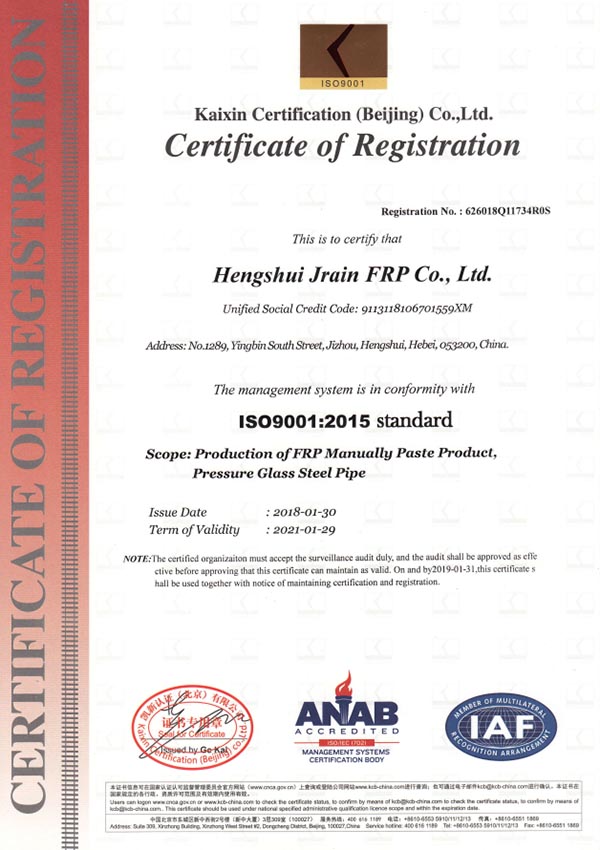
-
 Afrikaans
Afrikaans -
 Albanian
Albanian -
 Amharic
Amharic -
 Arabic
Arabic -
 Armenian
Armenian -
 Azerbaijani
Azerbaijani -
 Basque
Basque -
 Belarusian
Belarusian -
 Bengali
Bengali -
 Bosnian
Bosnian -
 Bulgarian
Bulgarian -
 Catalan
Catalan -
 Cebuano
Cebuano -
 China
China -
 China (Taiwan)
China (Taiwan) -
 Corsican
Corsican -
 Croatian
Croatian -
 Czech
Czech -
 Danish
Danish -
 Dutch
Dutch -
 English
English -
 Esperanto
Esperanto -
 Estonian
Estonian -
 Finnish
Finnish -
 French
French -
 Frisian
Frisian -
 Galician
Galician -
 Georgian
Georgian -
 German
German -
 Greek
Greek -
 Gujarati
Gujarati -
 Haitian Creole
Haitian Creole -
 hausa
hausa -
 hawaiian
hawaiian -
 Hebrew
Hebrew -
 Hindi
Hindi -
 Miao
Miao -
 Hungarian
Hungarian -
 Icelandic
Icelandic -
 igbo
igbo -
 Indonesian
Indonesian -
 irish
irish -
 Italian
Italian -
 Japanese
Japanese -
 Javanese
Javanese -
 Kannada
Kannada -
 kazakh
kazakh -
 Khmer
Khmer -
 Rwandese
Rwandese -
 Korean
Korean -
 Kurdish
Kurdish -
 Kyrgyz
Kyrgyz -
 Lao
Lao -
 Latin
Latin -
 Latvian
Latvian -
 Lithuanian
Lithuanian -
 Luxembourgish
Luxembourgish -
 Macedonian
Macedonian -
 Malgashi
Malgashi -
 Malay
Malay -
 Malayalam
Malayalam -
 Maltese
Maltese -
 Maori
Maori -
 Marathi
Marathi -
 Mongolian
Mongolian -
 Myanmar
Myanmar -
 Nepali
Nepali -
 Norwegian
Norwegian -
 Norwegian
Norwegian -
 Occitan
Occitan -
 Pashto
Pashto -
 Persian
Persian -
 Polish
Polish -
 Portuguese
Portuguese -
 Punjabi
Punjabi -
 Romanian
Romanian -
 Russian
Russian -
 Samoan
Samoan -
 Scottish Gaelic
Scottish Gaelic -
 Serbian
Serbian -
 Sesotho
Sesotho -
 Shona
Shona -
 Sindhi
Sindhi -
 Sinhala
Sinhala -
 Slovak
Slovak -
 Slovenian
Slovenian -
 Somali
Somali -
 Spanish
Spanish -
 Sundanese
Sundanese -
 Swahili
Swahili -
 Swedish
Swedish -
 Tagalog
Tagalog -
 Tajik
Tajik -
 Tamil
Tamil -
 Tatar
Tatar -
 Telugu
Telugu -
 Thai
Thai -
 Turkish
Turkish -
 Turkmen
Turkmen -
 Ukrainian
Ukrainian -
 Urdu
Urdu -
 Uighur
Uighur -
 Uzbek
Uzbek -
 Vietnamese
Vietnamese -
 Welsh
Welsh -
 Bantu
Bantu -
 Yiddish
Yiddish -
 Yoruba
Yoruba -
 Zulu
Zulu
frp cover
Understanding FRP Cover A Comprehensive Insight
Fiber Reinforced Polymer (FRP) is becoming an increasingly popular material in various industries due to its unique properties and advantages. FRP covers, specifically, are used in many applications where durability, strength, and lightweight characteristics are paramount. This article delves into what FRP covers are, their applications, benefits, and the future potential of this innovative material.
What is FRP?
FRP is a composite material made up of a polymer matrix reinforced with fibers, commonly glass, carbon, or aramid fibers. The combination of these materials results in a strong, lightweight structure that can withstand various environmental conditions. FRP covers are essentially protective layers or enclosures constructed from this composite material, designed to offer superior strength and resistance to corrosion, chemicals, and weathering.
Applications of FRP Covers
FRP covers find applications across a diverse range of industries. In the construction sector, they are used for covering tanks, pipelines, and storage units. Their resistance to corrosive environments makes them ideal for chemical plants and wastewater treatment facilities. In the transportation industry, FRP covers are utilized in automotive components and railway systems, where reducing weight without compromising strength is crucial.
Another significant application is in the renewable energy sector, particularly in wind and solar power. FRP covers are used to manufacture lightweight, durable components that can withstand harsh weather conditions. They are also employed in marine environments for boat hulls and other structures, where water resistance and durability are essential.
Benefits of FRP Covers
frp cover

One of the foremost benefits of using FRP covers is their exceptional strength-to-weight ratio. This property allows for reduced structural weight, leading to cost savings in transportation and installation. Additionally, FRP does not corrode like metal, which minimizes maintenance costs and enhances the longevity of structures.
FRP covers also offer excellent thermal and electrical insulation properties. This makes them suitable for applications where temperature control is critical or where there is a risk of electrical hazards. Furthermore, these covers can be customized in terms of color and finish, allowing for aesthetic flexibility in design.
Another advantage is the ease of installation. FRP covers are often prefabricated, which means they can be quickly and easily deployed on-site, reducing labor costs and minimizing disruptions to ongoing operations.
Future Potential of FRP Covers
The future of FRP covers looks promising as advancements in materials science continue to evolve. Ongoing research is focused on enhancing the performance characteristics of FRP, exploring new types of fibers and resins that can improve strength, durability, and environmental resistance. Moreover, with the growing emphasis on sustainability, there’s a push towards developing bio-based resins that can reduce the environmental footprint of FRP production.
The increasing adoption of FRP covers is also driven by regulatory standards emphasizing safety and environmental protection. As industries seek more sustainable and resilient materials, FRP is well-positioned to meet these demands.
Conclusion
FRP covers constitute a vital component in modern construction and industrial applications, offering numerous advantages over traditional materials. Their strength, durability, and lightweight properties make them an ideal solution for a wide array of challenges across various sectors. As technology continues to advance and industries increasingly embrace sustainable practices, the role of FRP covers is set to expand, paving the way for innovative applications and solutions in the future. With a strong foundation and growing recognition, FRP technology is poised for significant growth and application across diverse fields, ensuring its place as a critical material in the coming years.









